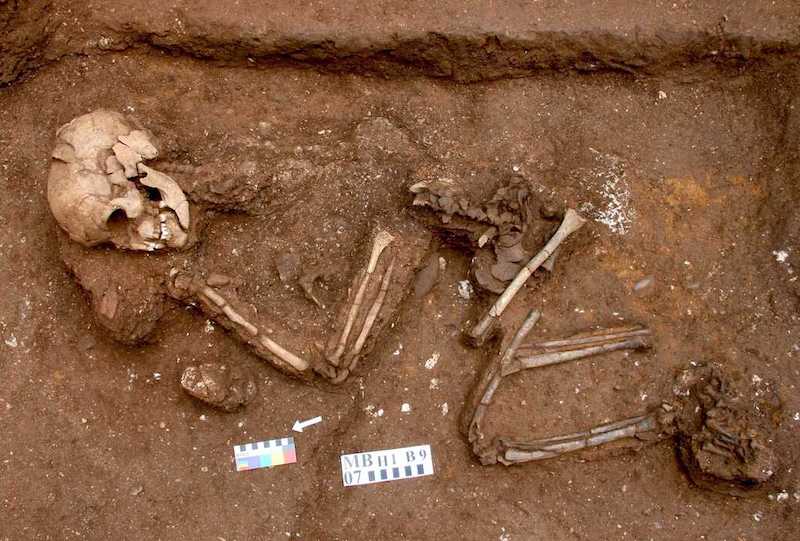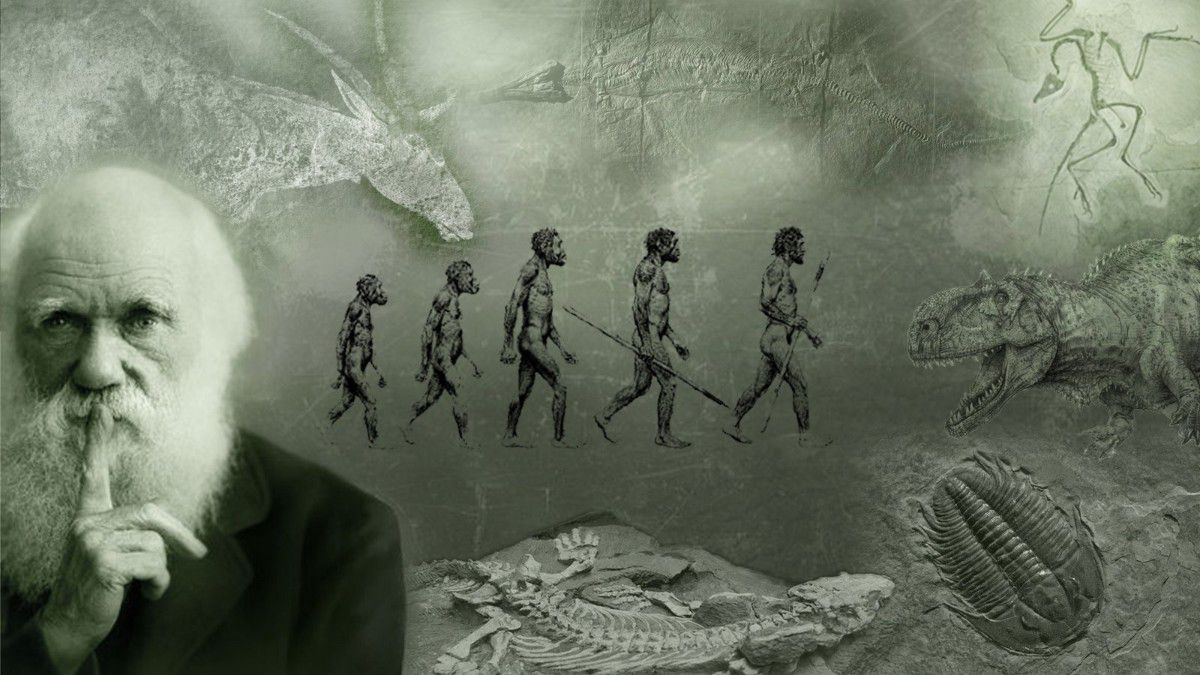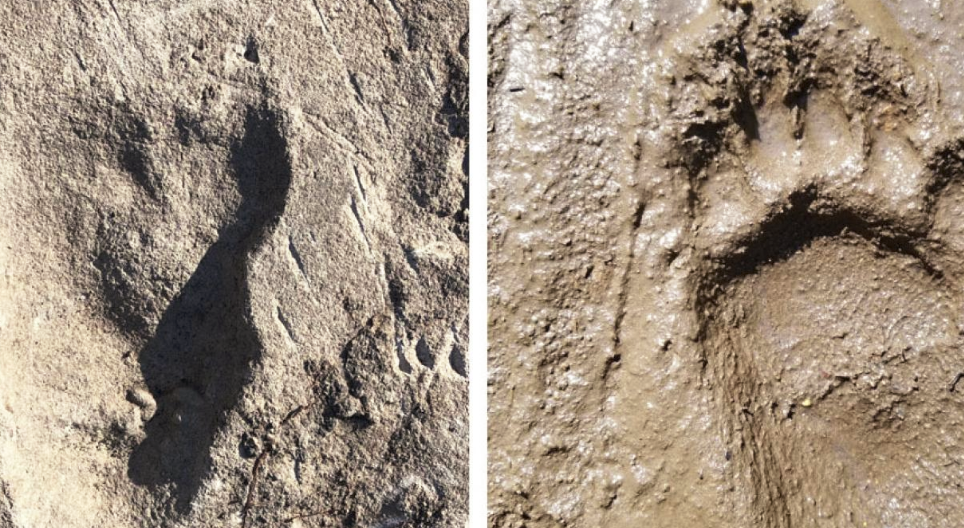HR farmers do not come from a single group, as is thought, but from a mixture of two hunter-gatherer groups in a turbulent period

Farming is thought to have originated from a single population in Southwest Asia, which encompassed parts of today’s Middle East, and made its way to regions in Turkey, Greece, and eventually Western Europe. Scientists have long debated how these populations originated and spread in these regions, but now an international team of researchers has obtained new genetic information that could resolve the debate. Their findings suggest that the world’s first farmers did not emerge from a single group as previously thought, but from a mixture of two hunter-gatherer groups during a turbulent period when human settlements were nearly extinct.
The genetic origins of the first agriculturalists in the Neolithic period seemed to lie in the Near East for a long time. A new study shows that the first farmers actually represented a mixture of Ice Age hunter-gatherer groups that spread from the Near East to southeastern Europe.
The first signs of agriculture and sedentary lifestyle are found in the ‘Fertile Crescent’, a region in the Near East where people began settling and domesticating animals and plants about 11,000 years ago.
The question of the origin of agriculture and settlement has preoccupied researchers for more than 100 years: Did agriculture spread from the Near East through cultural expansion or through migration? Genetic analyses of prehistoric skeletons so far have supported the idea that Europe’s first farmers descended from hunter-gatherer populations in Anatolia.
While this may be the case, this new study shows that Neolithic genetic origins would not be explicitly attributed to a single site. At the end of the Ice Age, unexpected and complex population dynamics occurred, giving rise to the ancestral genetic makeup of populations that gave rise to agriculture and a sedentary lifestyle, namely the first Neolithic farmers.
The first farmers emerged from a process of mixing that began 14,000 years ago.
Previous analyses had suggested that the first Neolithic humans were genetically different from other groups of people ever since. Little was known about their origin. Nina Marchi, one of the first authors of the study from the University of Bern and the SIB Institute for Ecology and Evolution, says:
“We now see that the first farmers of Anatolia and Europe emerged from a population that mingled with hunter-gatherers from Europe and the Near East.”
According to the authors, the mixing process began about 14,000 years ago, followed by a period of extreme genetic differentiation that lasted several thousand years.
A new approach to modeling population history from prehistoric skeletons
This research was made possible by combining two techniques: the production of high-quality ancient genomes from prehistoric skeletons and demographic modeling on the data obtained. The research team coined the term “demogenomic modeling” for this purpose.
Laurent Excoffier, one of the study’s senior authors, said: “It is necessary to have the best possible quality genomic data so that the latest statistical genomic methods can reconstruct the detailed demographic processes of the last 30,000 years at high resolution.”
Nina Marchi adds: “Just comparing the similarities of different ancient genomes is not enough to understand how they evolved. We needed to reconstruct the actual histories of the populations studied as accurately as possible. “This was only possible with complex population genetic statistics.”
Interdisciplinary work is required to solve such old problems
Joachim Burger of the University of Mainz and second senior author stress the need for interdisciplinarity:
“It took close to a decade to collect and analyze skeletons suitable for such a study. This was only possible by collaborating with a large number of archaeologists and anthropologists who helped us anchor our models historically.”
The historical contextualization was coordinated by Maxime Brami, who worked with Burger at Johannes Gutenberg University. The young prehistoric researcher was surprised by some of the findings of the study: “Europe’s first farmers are descendants of hunter-gatherer societies that stretched from the Near East to the Balkans. This was not archaeologically predictable.”
Towards a general model of human population evolution
As Daniel Wegmann of the University of Fribourg and the group leader at SIB explain, the genetic data from fossils (skeletons) have been seriously damaged and must be processed accordingly using bioinformatics: “It was only possible to reconstruct the prehistory of Europeans in high resolution thanks to the methods we have specially developed to analyze the genomes of ancient fossils.”
Joachim Burger adds: “With these approaches, we have not only elucidated the origins of the world’s first Neolithic populations, but we have also created an overall model of the evolution of human populations in Southwest Asia and Europe.”
Laurent Excoffier said: “Of course spatial and temporal gaps remain, and that doesn’t mean the work on human evolution in this field is over.”
Therefore, the team’s research plan was predetermined; they want to supplement their demographic models with genomes from the later stages of the Neolithic and Bronze Ages to provide an increasingly detailed picture of human evolution.
University of Bern. 12 May 2022. (outlines)



